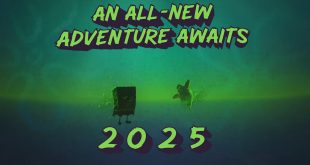Almost two decades. That’s how long it took for German authorities to finally take Half-Life, the original and all its offspring, off its list of censored media content.
Germany, a country known for its openness, political correctness and proactive federal authorities has always taken a very aggressive approach towards media content it feels inappropriate. The Bundesprüfstelle für jugendgefährdende Medien, or BPjM for short – is a federal review board which analyses media content and their potential to damage the psyche of German youths. They even maintain what is nicknamed as the ‘Index’ (presumably after the Index the Catholic Church produced in the middle-ages), which is essentially a list of media content with objectionable content.
Apart from the usual age restriction, the BPjM dictates deep changes to game content. When Half-Life originally launched, in 1998, they were quick to pull out the red marker and, apart from assigning it an over-16 USK rating (their version of PG/PEGI), forced Gabe Newell’s developers to extensively change the game content. The main change was the replacement of most antagonists for robotic ones. Blood was now oil, bones were now springs and cogs. Those that remained humans were ‘unkillable’, they would take damage then sit on the floor with a look of apparent disappointment… then fade away. Even when the revamped Half Life: Source came out in 2004, it was promptly censored in identical fashion.
Now, 19 years on, German gamers will be able to enjoy the sheer joy of Half-Life’s gory, violent, original release. Valve was quick to release a DLC on Steam, Half-Life: Uncensored, and made it available for free to all comers.
KitGuru Says: There is a rather long list of the oft-hilarious changes the BPjM required game studios to make, to market their wares in Germany on Dorkly.
 KitGuru KitGuru.net – Tech News | Hardware News | Hardware Reviews | IOS | Mobile | Gaming | Graphics Cards
KitGuru KitGuru.net – Tech News | Hardware News | Hardware Reviews | IOS | Mobile | Gaming | Graphics Cards


